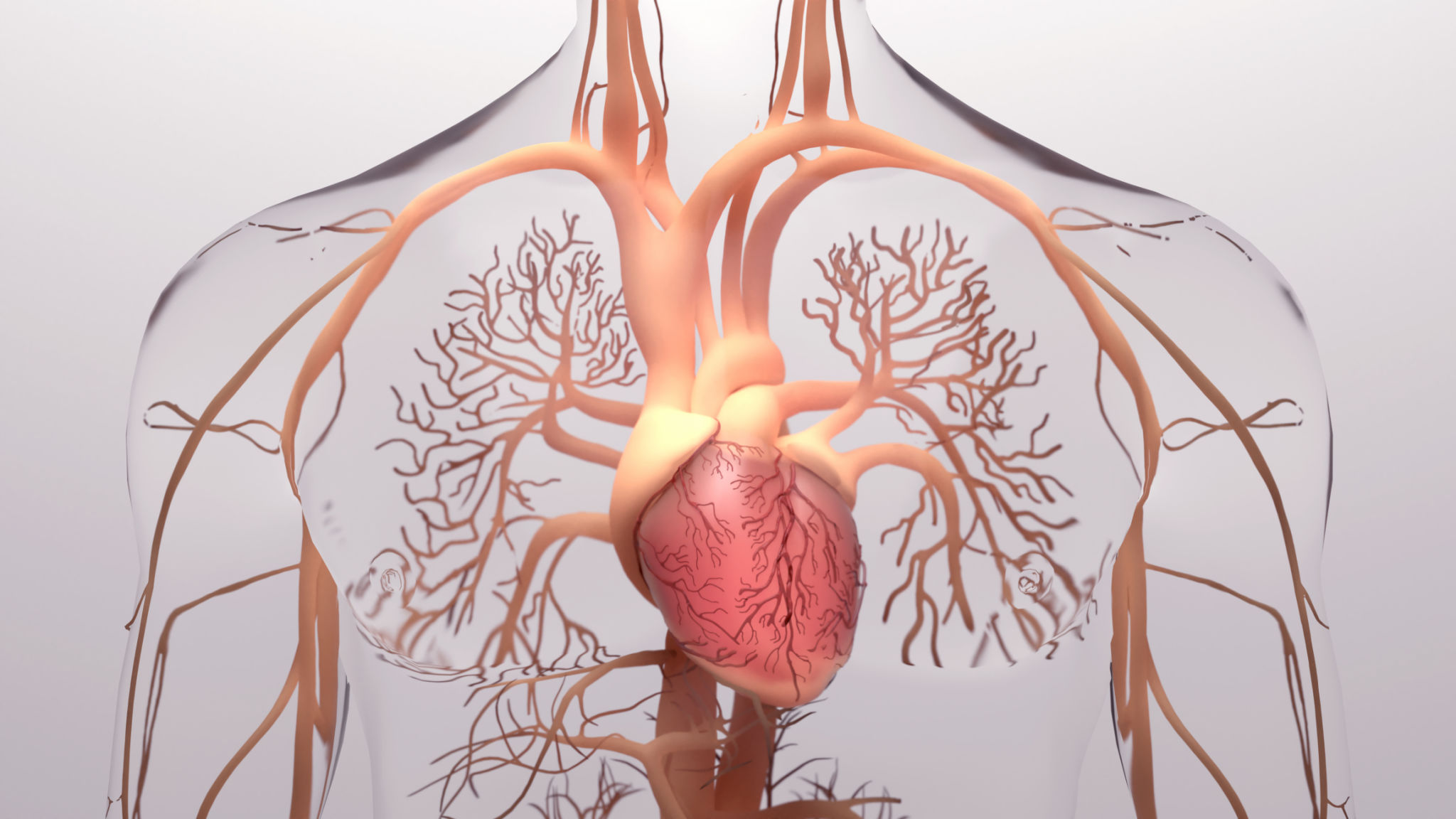Myths and Facts About Respiratory Relief Donations
Understanding Respiratory Relief Donations
Respiratory relief donations have become a focal point in public health discussions, especially in the wake of global health crises. These donations are vital for supporting those with respiratory conditions. Yet, there are many myths surrounding the process and impact of these contributions. Let's explore the myths and facts surrounding respiratory relief donations to better understand their importance.

Myth: Donations Only Benefit Developing Countries
One common myth is that respiratory relief donations only benefit developing countries. While it's true that many developing nations receive significant support, respiratory aid is crucial globally. In fact, developed nations also face challenges in managing respiratory health crises, especially during pandemics or natural disasters.
Organizations often distribute resources based on need, not geographical location. This ensures that areas with the most significant demand receive the necessary support, irrespective of their development status.
Fact: Donations Can Be Tax-Deductible
A fact that might encourage more people to donate is the potential for tax deductions. In many countries, donations to registered charities can be deducted from taxable income. This provides a financial incentive for individuals and businesses to contribute to respiratory relief efforts.
It's essential to consult with a tax professional or refer to local tax guidelines to understand the specific benefits applicable in your region.

Myth: Only Medical Supplies Are Needed
Another misconception is that respiratory donations are limited to medical supplies like ventilators and masks. While these items are crucial, financial contributions are equally important. Funds can be used for research, training healthcare professionals, and building infrastructure necessary for effective treatment and care.
Additionally, awareness campaigns and educational programs often rely on financial donations to operate effectively, helping communities better understand and manage respiratory health issues.
Fact: Donations Save Lives
Perhaps the most compelling fact about respiratory relief donations is their life-saving potential. Donations help ensure that healthcare facilities have the necessary equipment and resources to treat patients effectively. During critical times, such as pandemics, this support can mean the difference between life and death for those suffering from severe respiratory conditions.
Moreover, sustained contributions help build resilient healthcare systems capable of withstanding future challenges, providing long-term benefits to communities worldwide.

Myth: Small Donations Don't Make a Difference
A persistent myth is that small donations don’t make a significant impact. However, every contribution counts. Small donations collectively form a substantial pool of resources that can be used to purchase medical supplies or fund essential programs.
Organizations often rely on a large number of small donations to meet their goals, making each contribution invaluable in the grand scheme.
The Power of Collective Action
In conclusion, understanding the myths and facts about respiratory relief donations highlights their critical role in global health. By dispelling misconceptions and recognizing the true impact of our contributions, we can foster a more informed and supportive community geared towards tackling respiratory health challenges.
Whether through financial support or raising awareness, everyone has a role to play. Together, we can make a significant difference in the lives of those affected by respiratory illnesses worldwide.